10000000
Type of resources
Topics
Keywords
Contact for the resource
Provided by
Years
Formats
Representation types
Update frequencies
Scale
-
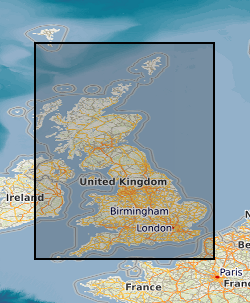
This low-resolution image has been produced from BGS airborne and marine magnetic data. The colour was generated using the BGS COLMAP software package. Colour levels are defined by histogram equalisation. Combining this image with the grey shaded relief image produces a similar image to the colour shaded relief image. A published coloured shaded relief map, using the full resolution of the data and produced at a scale of 1: 1500 000, is available. The map covers a larger area than this image, and includes additional data from other sources. The data used to compile this image are available in various forms for academic and commercial licensing. The data from surveys covering the UK mainland have been digitised from their original analogue form. Elsewhere data were acquired digitally. Standard methods of processing were used to remove diurnal and secular variations and to minimise line intersection errors. While efforts have been made to remove artefacts from the data, some may remain between adjacent datasets. Generally anomalies over man-made structures have not been removed. The data have been interpolated onto a 1km x 1km grid using a variable tension technique, and smoothed.
-

This layer of the map based index (GeoIndex) shows unadjusted ship gravity, magnetic and bathymetry data acquired by BGS as part of its Offshore Reconnaisance Mapping Programme. This programme commenced in 1967, and was funded mainly by the Department of Energy. Unadjusted ship gravity and bathymetry data from various commercial and academic surveys between 1965 and 1994. Confidential M.O.D Hydrographic Office integrated ship gravity and magnetics surveys of NW Europe marine areas for which BGS acts as agent. Network adjusted gravity and magnetic compilations of data from BGS and non-BGS sources.
-
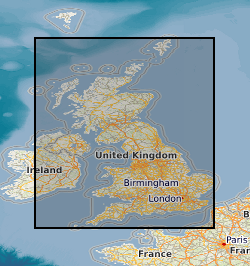
This layer of the map based index (GeoIndex) provides an index to a sub set of the BGS Report Series. The reports themselves describe the local geology and are designed to be read in conjunction with their complementary map or maps. Additional information such as hydrogeology, engineering geology, geological hazards, economic minerals and made and worked ground or other specialist topics of local interest may be included.
-
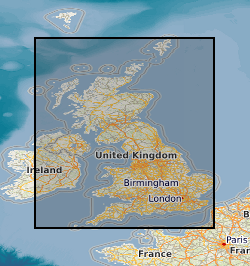
This layer of the map based index (GeoIndex) shows the location of hydrocarbon wells known to BGS. Exploration for hydrocarbons by drilling began in the 19th century and locations were recorded in latitude/longitude until about 1960. These locations have been converted to national grid. The majority of the wells have formed part of basin studies by BGS and are therefore reliably located. There may be some discrepancies in location data between various databases, originating from project modifications and which original source was preferred.
-

This layer of the map based index (GeoIndex) shows the location of earthquakes within the UK. The historical catalogue has been compiled, in general, from macroseismic observations (ie felt effects). Before 1700, only earthquakes with magnitudes of 4.0 ML or greater are included. After 1700, all known events with magnitudes of 3.0 ML or greater are included together with some other, smaller ones. Accuracies of magnitude, location, and origin time vary with the quality of information available for this period as they do for instrumental measurements in the post 1970 period. In that case, variations are largely a function of the seismograph station coverage, which has been improving up to the present day.
-
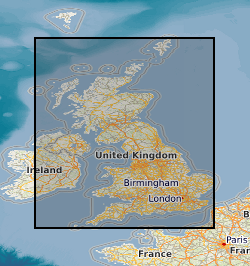
The high-resolution airborne surveys shown on the map based index (GeoIndex) are classed as those flown with low terrain clearance (typically below 200m) and flight line spacing of less than 300m. The surveys were flown with various combinations of magnetic, radiometric and EM techniques, and include; Surveys flown for the DTI mineral reconnaissance programme, Commercial surveys flown for mineral exploration and subsequently donated to the BGS and Surveys flown for the BGS for research and other purposes.
-
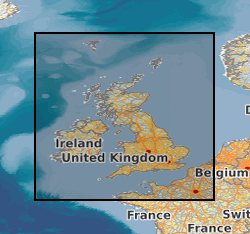
This layer of the Map based index (GeoIndex) shows the location of available UTM (Universal Transverse Mercator) series 1:250000 geological maps. These maps display Bedrock, Quaternary (Superficial deposits) geology of the offshore areas and Seabed Sediments of the UK landmass and offshore regions. The different versions are normally published as separate maps for land areas, but these may be combined on a single map for offshore areas. Maps are normally available in flat and folded format. The UTM Series (Universal Transverse Mercator projection) maps cover an area of 1deg. latitude by 2deg. longitude.
 NERC Data Catalogue Service
NERC Data Catalogue Service